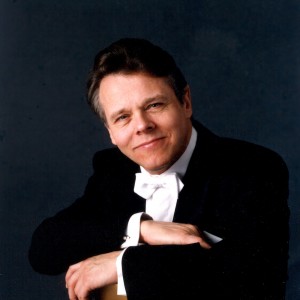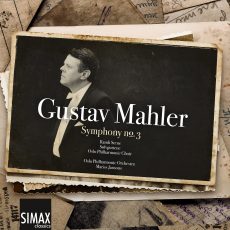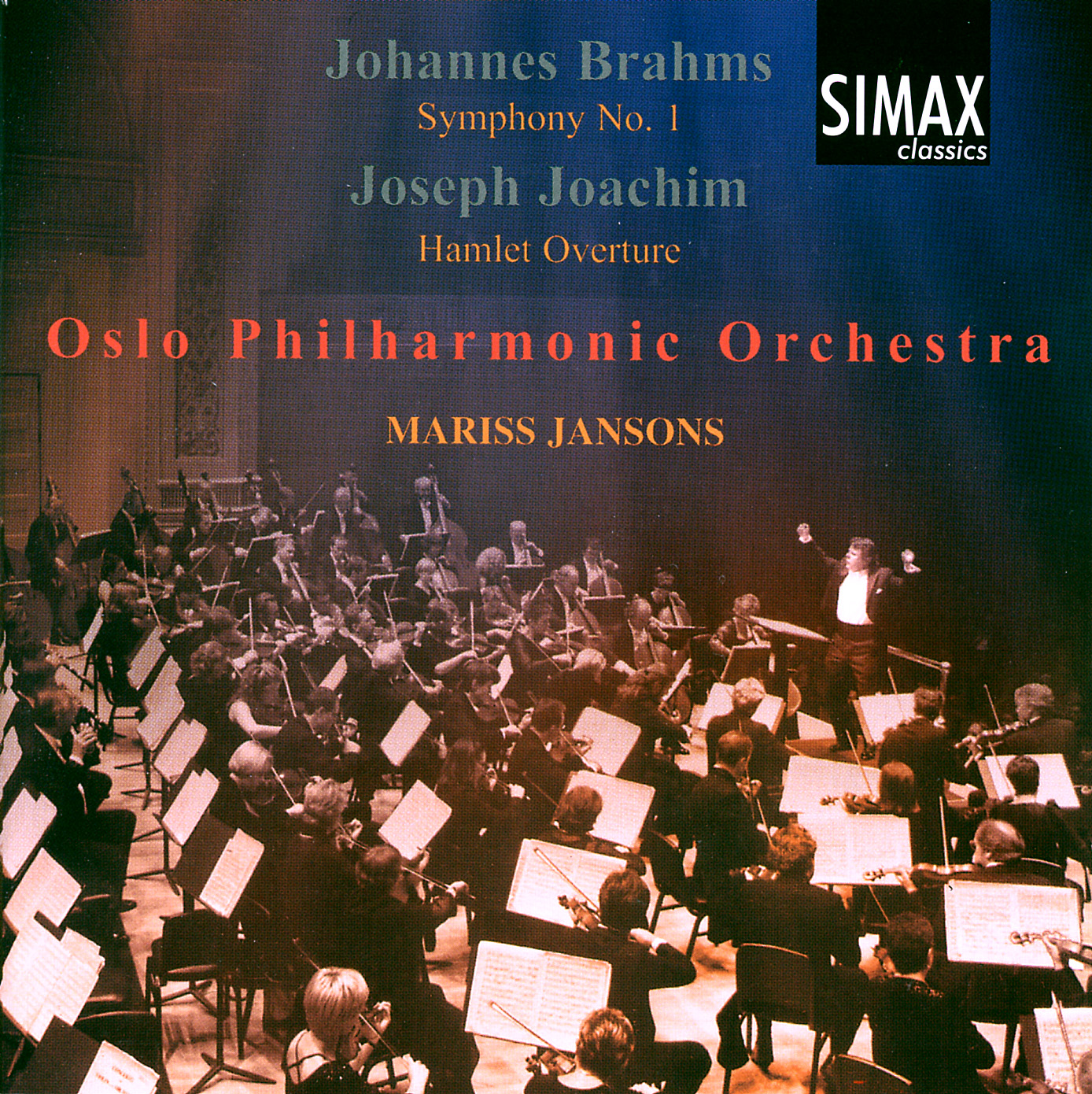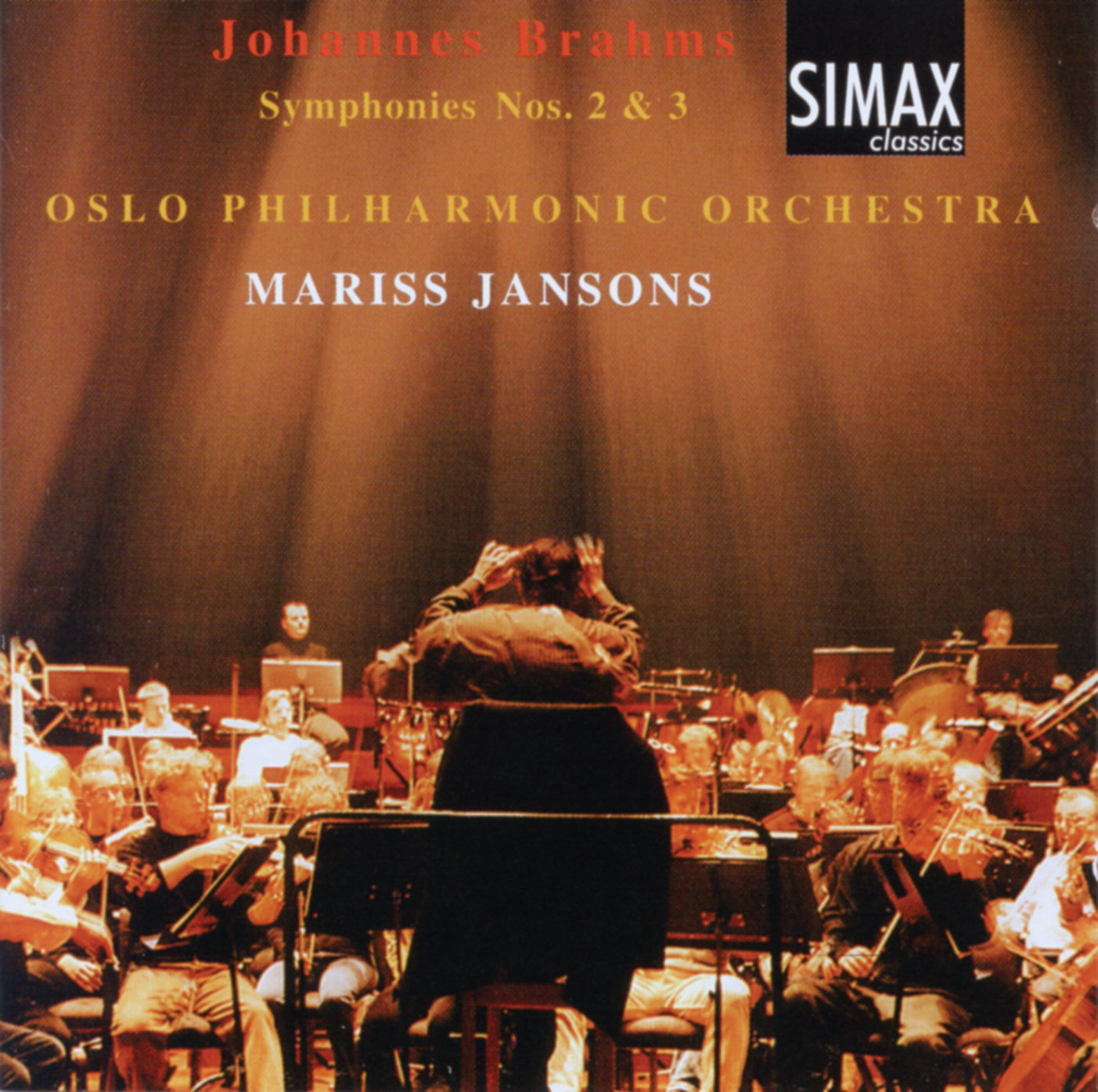
When Mariss Jansons took over as principal conductor of Oslo Philharmonic Orchestra in 1979, he was at the time assistant conductor to Jevgenij Mravinskij at the Leningrad Philharmonic. Following his first concert tours with the Oslo Philharmonic to Great Britain (1982 and 1984) the orchestra’s international career escalated rapidly, with invitations to appear at the most prestigious venues in Europe, North and South America, and East Asia. In the course of the 1990s Mariss Jansons became one of the most…
When Mariss Jansons took over as principal conductor of Oslo Philharmonic Orchestra in 1979, he was at the time assistant conductor to Jevgenij Mravinskij at the Leningrad Philharmonic. Following his first concert tours with the Oslo Philharmonic to Great Britain (1982 and 1984) the orchestra’s international career escalated rapidly, with invitations to appear at the most prestigious venues in Europe, North and South America, and East Asia. In the course of the 1990s Mariss Jansons became one of the most sought after conductors in the world. In 1992 he became principal guest conductor of the London Philharmonic Orchestra and from 1994 to 2007 he was artistic director of the Pittsburgh Symphony Orchestra. Today he is in charge of two orchestras, the Symphonieorchester des Bayerischen Rundfunks and the Royal Concertgebouw in Amsterdam, which he assumed responsibility for in 2003 and 2004 respectively. For more than twenty years Jansons has been a regular guest conductor with European orchestras including the Berlin and Vienna Philharmonic orchestras, and with the latter in 2006 he conducted the famous New Year’s concert. Jansons is much in demand in the USA.
Recordings of Tchaikovsky’s symphonies for Chandos in the 1980s were to prove a major international breakthrough for Jansons and the Oslo Philharmonic and in 1987 the orchestra signed a contract with EMI, the most comprehensive deal of its kind at the time in the record company’s history. More than twenty releases over a ten year span were acclaimed by music critics the world over, and won several awards. The orchestra’s first recording for Simax was also the first live recording ever by Mariss Jansons and the Oslo Philharmonic – R. Strauss’ Till Eulenspiegel and Stravinsky’s Firebird in 1998.
In addition to his extensive artistic activities in Oslo Mariss Jansons made an invaluable contribution towards improving the orchestra’s resources; in the course of his tenure the number of musicians increased from 79 to full symphony orchestra (107 at present). This made it possible to include works by late romantic composers such as Mahler and R. Strauss in the orchestra’s regular repertoire. The orchestra’s first Mahler recording, Symphony no. 2 (Chandos, 1989) was internationally acclaimed as a reference recording. For the Simax recording of symphonies 1 and 9 in 2002 Jansons was nominated ‘Mahler interpreter of the year’ by the Gustav Mahler society in Vienna. Jansons has been awarded with many prizes for his recordings with other orchestras. In 2005 EMI released the complete symphonies of Shostakovich under his direction, a series which included symphonies 6 and 9 performed by the Oslo Philharmonic. For this release Jansons was awarded a Grammy in 2006, and was nominated MIDEM’s Artist of the Year that same year. Jansons is the recipient of national and royal honours including the decoration awarded by the King of Norway for meritorious services and the Latvian decoration ‘Three Stars’. He has received the City of Vienna’s honorary gold decoration and the Hans von Bülow medal of the Berlin Philharmonic; he is an honorary member of the Gesellschaft der Musikfreunde in Vienna and the Royal Academy of Music in London, and he is an honorary doctor of the music academies in Riga and Oslo.
August 2009 by Marit Gaasland

Mahler Symphony No. 3
Mariss Jansons
Brahms Symphony no. 1 + Joachim Hamlet Overture
Mariss Jansons
Brahms Symphonies nos. 2 & 3
Mariss Jansons